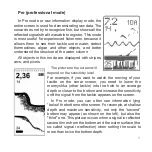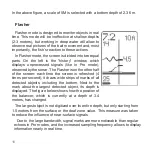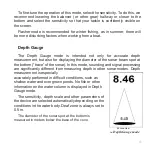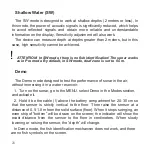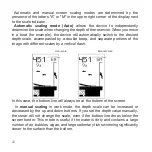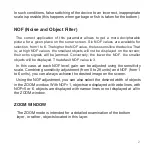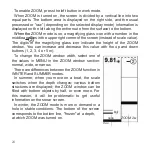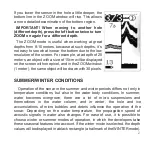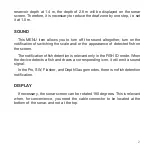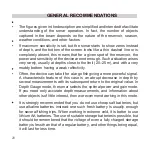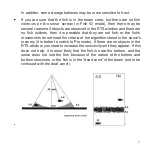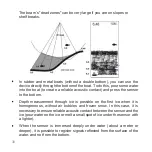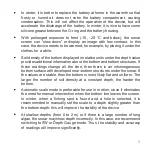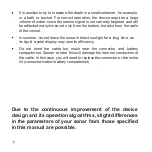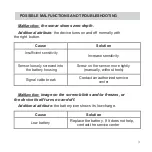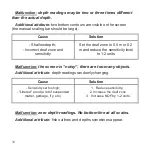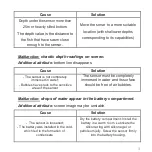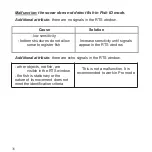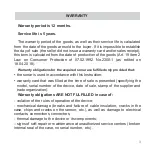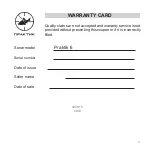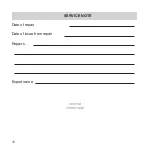
•
In winter, it is better to replace the battery at home in the warmth so that
frosty or humid air does not enter the battery compartment, causing
condensation. This will not affect the operation of the device, but will
accelerate the discharge of the battery. In winter, it is nice to have come
silicone grease between the O-ring and the battery housing.
•
With prolonged exposure to frost (-15, -
20 °С and below), the sonar
screen can “slow down” or display an image with low contrast. In this
case, the device needs to be warmed, for example, by placing it under the
clothes for a while.
•
Soil density of the bottom displayed in relative units under the depth value
provides additional information about the bottom and bottom structures. If
these readings change all the time, then there is an inhomogeneous
bottom surface with developed near-bottom structures under the sonar. If
the values are stable, then the bottom is most likely flat and uniform. The
larger the number of soil density at a constant depth, the harder the
bottom.
•
Automatic scale mode is preferable for use in motion, since it eliminates
the need for manual intervention when the bottom line leaves the screen.
In winter, when a fishing spot is found and a hole is selected, it is
recommended to manually set the scale to a depth slightly greater than
the bottom depth: this will improve the stability of the device.
•
At shallow depths (from 0 to 2 m) or if there is a large number of long
algae, the sonar may show depth incorrectly. In this case, we recommend
switching to SW or Depth Gauge mode. Thus, the stability and accuracy
of readings will improve significantly.
3

